Home>Furniture>Outdoor Furniture>How Much To Build A Covered Patio
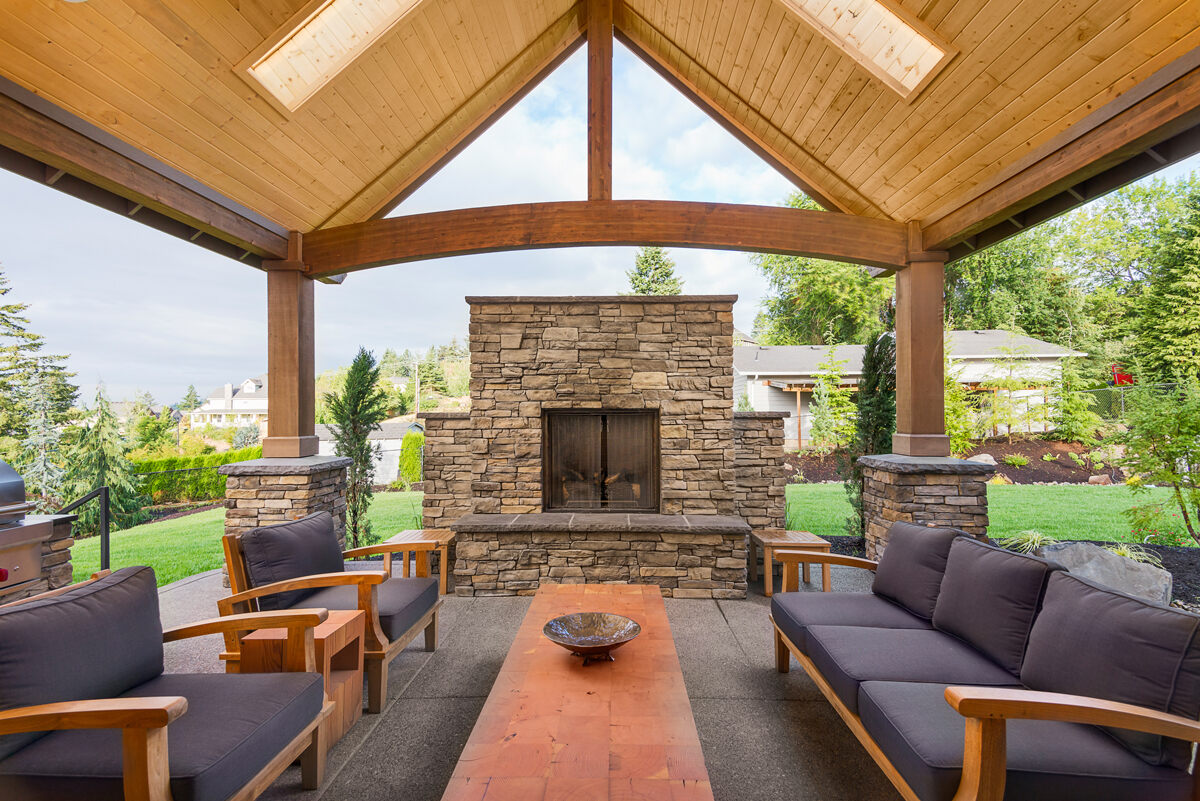

Outdoor Furniture
How Much To Build A Covered Patio
Modified: March 7, 2024
Find out the cost of building a covered patio and create a comfortable outdoor space with quality outdoor furniture.
(Many of the links in this article redirect to a specific reviewed product. Your purchase of these products through affiliate links helps to generate commission for Storables.com, at no extra cost. Learn more)
Introduction
A covered patio is a wonderful addition to any outdoor space, providing shade, protection from the elements, and an inviting area for relaxation, entertaining, and enjoying the outdoors. Whether you have a small backyard or a sprawling garden, a covered patio can transform your outdoor area into a comfortable and functional space. However, before embarking on building a covered patio, it’s important to understand the factors that can affect the cost, the various material options available, and the legal considerations involved.
In this article, we will explore the key factors that impact the cost of building a covered patio and guide you through the process of choosing the right materials and hiring a contractor. We will also discuss the benefits of having a covered patio and the maintenance required to keep it in excellent condition.
Whether you envision a cozy space with comfortable outdoor furniture, a dining area for al fresco meals, or a place to showcase your potted plants and garden decor, a covered patio can provide the perfect setting. Let’s dive into the details and discover how to create your dream outdoor space with a covered patio.
Key Takeaways:
- Building a covered patio can enhance your outdoor space, but factors like size, materials, and additional features affect the cost. Understanding legal requirements and hiring a professional contractor are crucial for a successful project.
- A covered patio offers shade, extended living space, increased property value, and versatility. Regular maintenance, including cleaning, inspections, and furniture upkeep, is essential to preserve its beauty and functionality for years to come.
Read more: How To Build A Covered Patio
Factors Affecting the Cost of Building a Covered Patio
When it comes to building a covered patio, several key factors can influence the overall cost. Understanding these factors will help you plan your budget and make informed decisions throughout the project. Let’s take a closer look at the main factors that affect the cost of constructing a covered patio.
- Size and Layout: The size and layout of your covered patio will have a significant impact on the cost. Generally, the larger the patio, the more materials and labor will be required, resulting in higher costs. Additionally, complex layouts or irregular shapes may increase the complexity of the construction, leading to higher expenses.
- Materials: The choice of materials for your covered patio can greatly impact the cost. Common materials include wood, aluminum, steel, and vinyl. Wood is a popular option for its natural beauty, but it tends to be more expensive and requires regular maintenance. On the other hand, aluminum and vinyl are more affordable and low-maintenance choices. Consider your budget and desired aesthetics when selecting the materials.
- Roofing: The type of roofing you choose for your covered patio will also affect the overall cost. Options range from traditional shingles to metal roofing or even specialized patio covers made of fabric or polycarbonate panels. Each roofing option varies in cost, durability, and aesthetic appeal, so it’s essential to consider your specific needs and preferences.
- Foundation and Structure: The foundation and structure of your covered patio play a crucial role in its stability and longevity. Depending on your local building codes and the ground conditions, you may need to invest in a concrete slab or piers for a solid base. The type of structural support, such as beams and columns, can also impact the cost.
- Additional Features: The inclusion of additional features in your covered patio design can increase the overall cost. This may include built-in seating, outdoor kitchens, fireplaces, lighting fixtures, or entertainment systems. While these features can enhance the functionality and aesthetics of your patio, they will add to the budget.
It’s important to keep in mind that labor costs, permit fees, and any unforeseen challenges that arise during the construction process can also impact the overall cost of building a covered patio. Consulting with a professional contractor and obtaining multiple quotes will give you a better understanding of the expenses involved.
Choosing the Right Material for Your Covered Patio
When building a covered patio, selecting the right material is crucial to ensure durability, longevity, and aesthetic appeal. The material you choose will not only impact the overall cost but also determine the maintenance requirements and the overall look and feel of your outdoor space. Here are some popular options to consider:
- Wood: Wood is a classic and timeless choice for a covered patio. It offers natural beauty, warmth, and a wide range of design possibilities. However, wood requires regular maintenance, such as staining, sealing, and protection from moisture, to prevent rotting and insect damage. Additionally, it may be more susceptible to weathering and fading over time.
- Aluminum: Aluminum is a durable and lightweight material that is resistant to rust and corrosion. It is an excellent choice for those seeking a low-maintenance option. Aluminum covered patio structures can be easily customized and come in a variety of finishes. However, some may find aluminum to have a more industrial look compared to other materials.
- Steel: Steel is a strong and durable material that can withstand harsh weather conditions. It provides a modern and sleek aesthetic and offers excellent stability. However, steel can be more expensive and may require professional installation due to its weight and complexity. Regular maintenance, such as painting or applying protective coatings, is necessary to prevent rust.
- Vinyl: Vinyl is a cost-effective option that requires minimal maintenance. It is resistant to rot, fading, and pests, making it a durable choice for a covered patio. Vinyl is available in various colors and styles, providing flexibility in design. However, it may lack the natural look and feel of other materials.
- Fabric or Polycarbonate Panels: For a lightweight and versatile option, consider using fabric or polycarbonate panels. These materials offer flexibility and allow natural light to filter through. They provide shade and protection from the elements, but they may not provide the same level of durability as other materials.
When choosing the right material for your covered patio, consider your budget, maintenance preferences, desired aesthetics, and the overall style of your home. Consulting with a professional contractor can help you evaluate the pros and cons of each material and determine the best option that suits your needs and vision for your covered patio.
Permitting and Legal Considerations
Before you start building a covered patio, it’s important to understand the permitting and legal considerations involved. Depending on your location, size, and design of the patio, you may need to obtain permits and adhere to specific regulations. Failure to comply with these requirements can result in fines and delays, so it’s essential to research and follow the necessary guidelines. Here are some key considerations:
- Local Building Codes: Each region and municipality has its own set of building codes and regulations that govern construction projects. These codes outline specific requirements for structural integrity, safety, and zoning. Familiarize yourself with the local building codes to ensure your covered patio meets the necessary standards.
- Permitting Process: Depending on the size and scope of your covered patio project, you may be required to obtain a building permit. The permitting process typically involves submitting detailed plans, paying fees, and undergoing inspections at various stages of construction. Contact your local building department to understand the specific requirements and timelines for obtaining permits.
- Homeowners’ Association (HOA) Rules: If you live in a community governed by a homeowners’ association, you may need to comply with certain rules and regulations. HOAs often have restrictions on the type of construction, size, design, and materials used for outdoor structures. Check with your HOA to ensure that your planned covered patio adheres to their guidelines.
- Property Lines and Setbacks: It’s important to be aware of property lines and setbacks when constructing a covered patio. Ensure that your patio design does not encroach on your neighbor’s property or violate any setback restrictions imposed by local regulations.
- Utilities and Easements: Before building a covered patio, ensure that you are aware of the location of underground utilities or easements on your property. Any construction must avoid interfering with utility lines or infringing on easements designated for utility access.
It is strongly recommended to consult with a professional contractor or an architect who is familiar with local building codes and regulations. They can guide you through the permitting process, help you obtain the necessary permits, and ensure that your covered patio is constructed in compliance with all legal requirements.
By taking the time to understand and adhere to the permitting and legal considerations, you can avoid potential headaches and ensure a smooth construction process for your covered patio.
When budgeting for a covered patio, consider factors like size, materials, labor costs, and any additional features like lighting or fans. Get multiple quotes to compare prices and make sure to factor in any necessary permits or regulations.
Hiring a Contractor for Building a Covered Patio
Building a covered patio requires expertise, skill, and the right equipment. Hiring a professional contractor can ensure a smooth and successful construction process. Here are some steps to consider when selecting a contractor for your covered patio project:
- Get Recommendations: Start by asking friends, family, or neighbors who have had a covered patio built for recommendations. You can also check online directories and review websites for reputable contractors in your area. Collect a list of potential contractors to consider.
- Research and Interview: Once you have a list of potential contractors, do some research on each of them. Look for testimonials, reviews, and examples of their previous work. Narrow down your list to a few contractors, and schedule interviews with them to discuss your project, budget, and timeline. Ask them about their experience, qualifications, and any certifications they hold.
- Check License and Insurance: Verify that the contractor you are considering is licensed and insured. A licensed contractor ensures that they have met the necessary requirements and possess the skills and knowledge to complete your project. Insurance protects you and the contractor in the event of any accidents or damages during construction.
- Request References: Ask the contractor for references from their past clients. Contact these references and inquire about their experience working with the contractor. Was the project completed on time? Did the contractor communicate effectively? Was the workmanship satisfactory? This information will give you insights into the contractor’s professionalism and reliability.
- Obtain Multiple Quotes: Request detailed quotes from the contractors you are considering. The quote should include a breakdown of the costs for materials, labor, permits, and any additional features or modifications you require. Comparing multiple quotes will help you evaluate the pricing and ensure that you are getting a fair deal.
- Review the Contract: Once you have decided on a contractor, review the contract carefully. It should outline the scope of work, materials to be used, timeline, payment schedules, and any warranties or guarantees offered by the contractor. Ensure that you have a clear understanding of the terms and conditions before signing the contract.
- Communicate and Collaborate: Throughout the construction process, maintain open and clear communication with your contractor. Regularly communicate your expectations and address any concerns promptly. A collaborative approach will help ensure that your vision for the covered patio is realized.
Remember, hiring a professional contractor is an investment in the quality and longevity of your covered patio. Take the time to find the right contractor who aligns with your vision and has a proven track record of delivering successful projects.
Read more: How To Build Patio Covers
Benefits of Having a Covered Patio
A covered patio offers numerous advantages that can enhance your outdoor living experience. Here are some key benefits of having a covered patio:
- Shade and Protection: One of the most significant benefits of a covered patio is the shade it provides. Whether you want to enjoy a sunny day without being exposed to direct sunlight or seek relief from a light rain shower, a covered patio offers protection from the elements. It allows you to spend more time outdoors, regardless of the weather conditions.
- Extended Living Space: A covered patio effectively extends your living space, creating an additional area for relaxation, entertaining, and activities. It provides a seamless transition between your indoor and outdoor spaces, making it ideal for hosting gatherings, barbecues, or simply lounging with a book and a cup of coffee.
- Increased Property Value: Adding a covered patio can significantly increase the value of your property. It not only enhances the visual appeal of your home but also improves its functionality. Potential buyers are often attracted to properties with well-designed outdoor spaces that offer comfort and versatility.
- Versatility in Use: A covered patio offers versatility in how you can use the space. Whether you want to set up an outdoor dining area, create a cozy seating arrangement, or even install a hot tub or outdoor kitchen, a covered patio provides the perfect foundation. You can adapt and personalize the space to suit your specific needs and preferences.
- Protection for Outdoor Furniture: Investing in quality outdoor furniture can be expensive, and exposure to direct sunlight, rain, or snow can cause deterioration over time. With a covered patio, you can protect your outdoor furniture from the elements, prolonging its lifespan and reducing the need for frequent replacements or repairs.
- Privacy: A covered patio can also offer a degree of privacy, especially if you add drapes, lattices, or plants for screening. This allows you to create a secluded and intimate space where you can relax and unwind without feeling exposed to neighboring properties.
- Energy-Efficiency: When strategically designed, a covered patio can help reduce the heat gain in your home, especially during the hot summer months. By providing shade and reducing sun exposure on windows and walls, a covered patio can contribute to lowering your cooling costs.
With all these benefits, it’s clear that a covered patio is a valuable addition to any home. It not only enhances your outdoor living experience but also adds value and functionality to your property. Whether you want to create a peaceful retreat or a vibrant entertainment space, a covered patio provides the perfect solution.
Maintenance and Upkeep of a Covered Patio
Maintaining your covered patio is essential to preserve its beauty, functionality, and longevity. With proper care and regular upkeep, you can ensure that your covered patio remains a welcoming and enjoyable outdoor space for years to come. Here are some maintenance tips to keep in mind:
- Clean Regularly: Regular cleaning is crucial to remove dirt, debris, leaves, and other accumulated materials from your covered patio. Sweep or use a leaf blower to clean the surface, and wash it with a gentle soap solution and a soft brush or mop. Rinse thoroughly with water to prevent any residue buildup.
- Inspect for Damage: Regularly inspect your covered patio for any signs of damage, such as cracks, loose joints, or damaged roofing. Addressing these issues promptly can prevent further deterioration and costly repairs. Look for any signs of water leakage or mold growth, which may indicate a problem with the roofing or drainage system.
- Maintain Roofing: If your covered patio has a roof, check it regularly for any damage or wear. Clean the gutters and downspouts to ensure proper drainage and prevent water buildup. Trim any nearby trees or branches that could potentially damage the roof during storms or high winds.
- Inspect and Maintain Furniture: If you have outdoor furniture on your covered patio, inspect it regularly for any signs of wear, rust, or damage. Clean the furniture according to the manufacturer’s instructions and consider applying protective coatings or covers to prolong its lifespan.
- Seal and Stain Wood: If your covered patio is made of wood, it’s important to seal and stain it periodically to protect it from moisture, sunlight, and pests. The frequency of resealing will depend on the type of wood and the climate in your area. Follow the manufacturer’s instructions for the best results.
- Address Plumbing and Electrical Maintenance: If your covered patio has plumbing or electrical fixtures, such as outdoor sinks, lighting, or electrical outlets, ensure that they are in good working condition. Check for any leaks, loose connections, or faulty wiring. If necessary, hire a professional to make any repairs or replacements.
- Remove Stains Promptly: Accidental spills or stains can occur on your covered patio. It’s important to clean them promptly to prevent permanent discoloration. Use appropriate cleaning methods and products based on the type of stain and the surface material.
- Trim Surrounding Vegetation: Keep the vegetation around your covered patio well-trimmed to prevent overgrowth and potential damage to the structure. Trim branches that could scrape against the roofing or create a buildup of leaves and debris.
By following these maintenance tips, you can ensure that your covered patio remains in excellent condition. Regular upkeep will not only extend its lifespan but also enhance your overall outdoor experience and provide a space that you can enjoy for years to come.
Conclusion
Building a covered patio can significantly enhance your outdoor space, offering shade, protection, and a versatile area for relaxation, entertainment, and enjoying the beauty of nature. As you embark on this project, it’s important to consider the various factors that can affect the cost, such as size, materials, roofing, foundation, and additional features. Understanding the permitting and legal considerations is crucial to ensure compliance with local regulations.
Choosing the right material for your covered patio is essential to achieve the desired aesthetics, durability, and maintenance level. Wood, aluminum, steel, vinyl, and fabric/polycarbonate panels all have their unique qualities, so consider your budget, maintenance preferences, and desired look when making a decision.
Hiring a professional contractor with relevant experience and proper licensing is essential to ensure a successful construction process. Obtaining multiple quotes, checking references, and reviewing the contract thoroughly will help you make an informed decision.
A covered patio offers numerous benefits, including shade and protection from the elements, the extension of living space, increased property value, and the versatility to customize the area according to your needs and preferences. Additionally, it provides protection for your outdoor furniture, privacy, and potential energy-efficiency benefits.
To maintain your covered patio, regular cleaning, inspections for damage, maintaining the roofing, furniture upkeep, and addressing plumbing or electrical maintenance are necessary. Promptly addressing stains, trimming surrounding vegetation, and regular maintenance will ensure the longevity and beauty of your covered patio.
In conclusion, a covered patio is a valuable addition to any home, enhancing both the aesthetic appeal and functionality of your outdoor space. By considering the various factors, choosing the right material, adhering to permitting requirements, hiring a professional contractor, and maintaining it properly, you can create a beautiful and inviting outdoor space that you can enjoy for years to come.
Frequently Asked Questions about How Much To Build A Covered Patio
Was this page helpful?
At Storables.com, we guarantee accurate and reliable information. Our content, validated by Expert Board Contributors, is crafted following stringent Editorial Policies. We're committed to providing you with well-researched, expert-backed insights for all your informational needs.
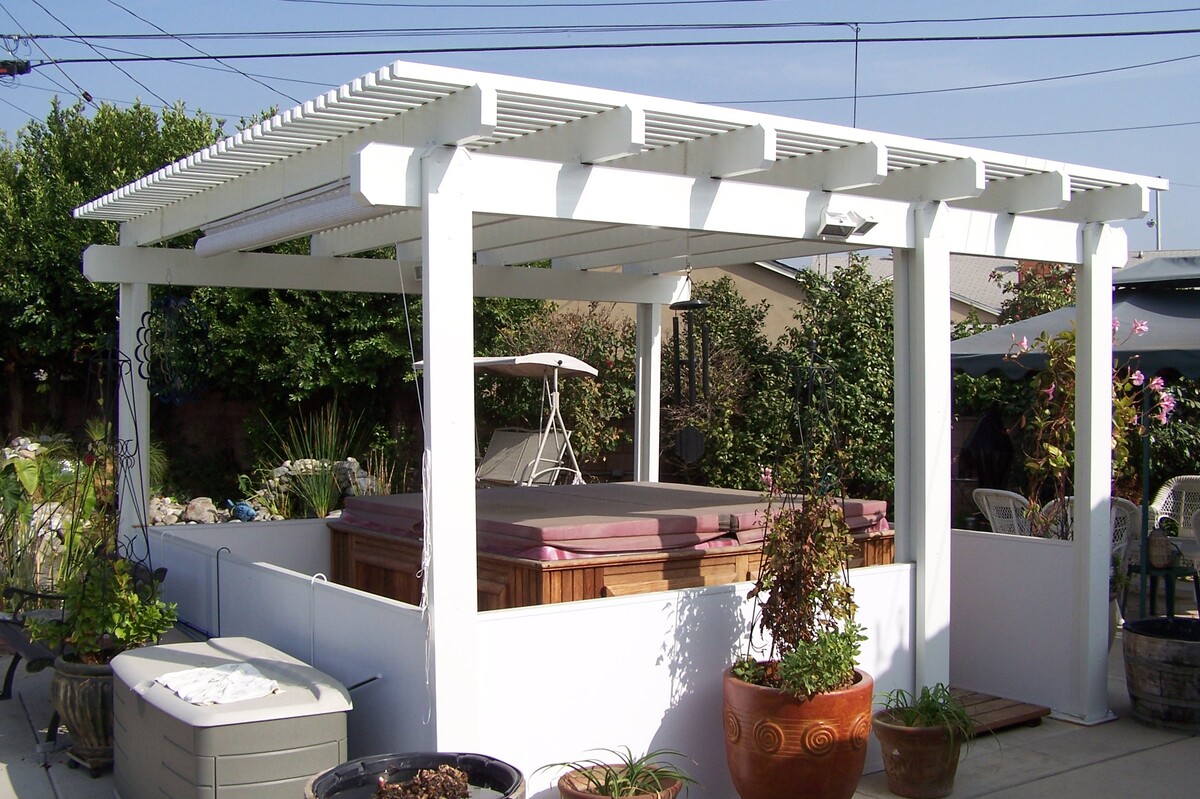
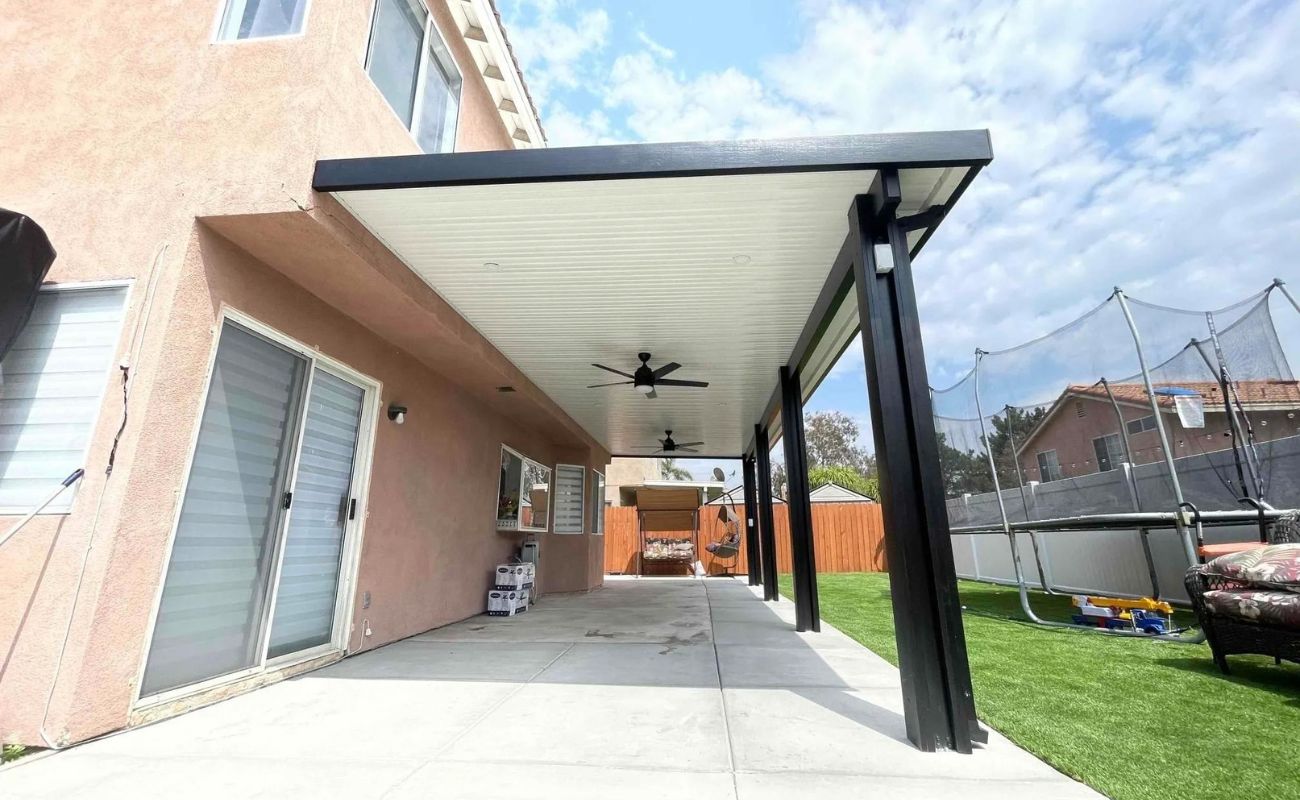
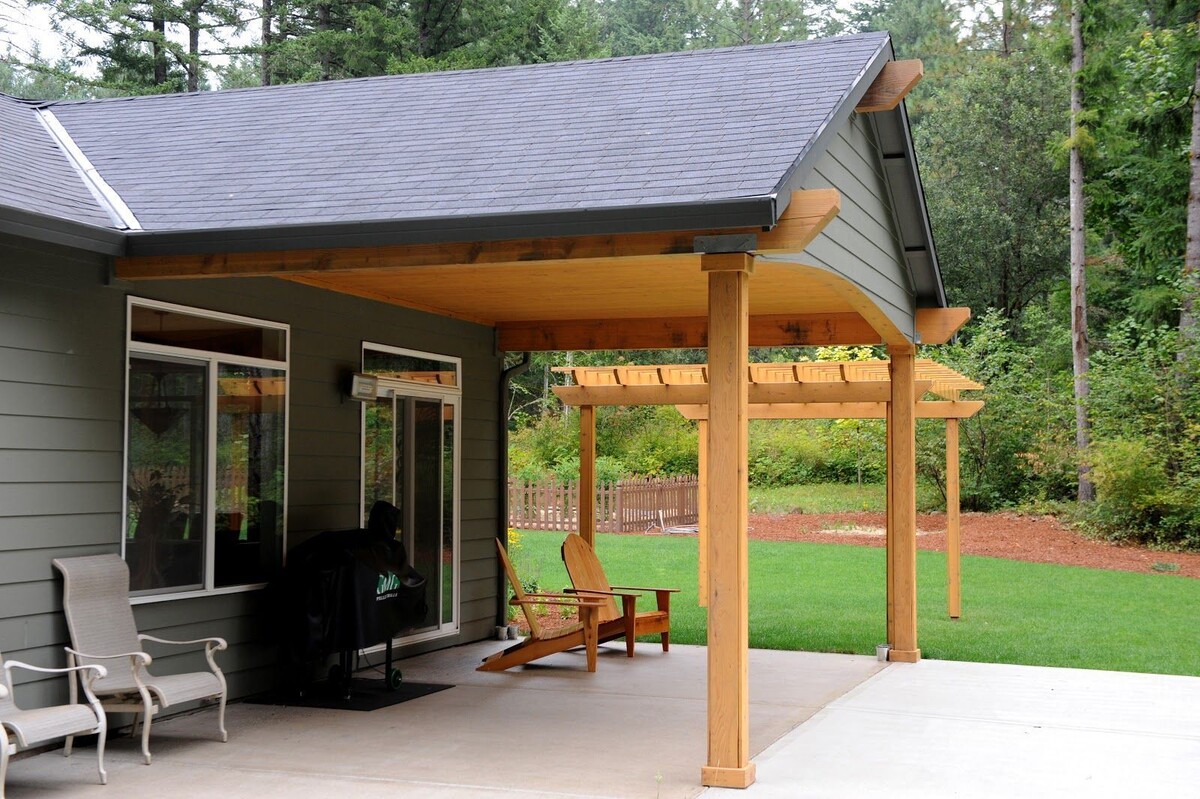
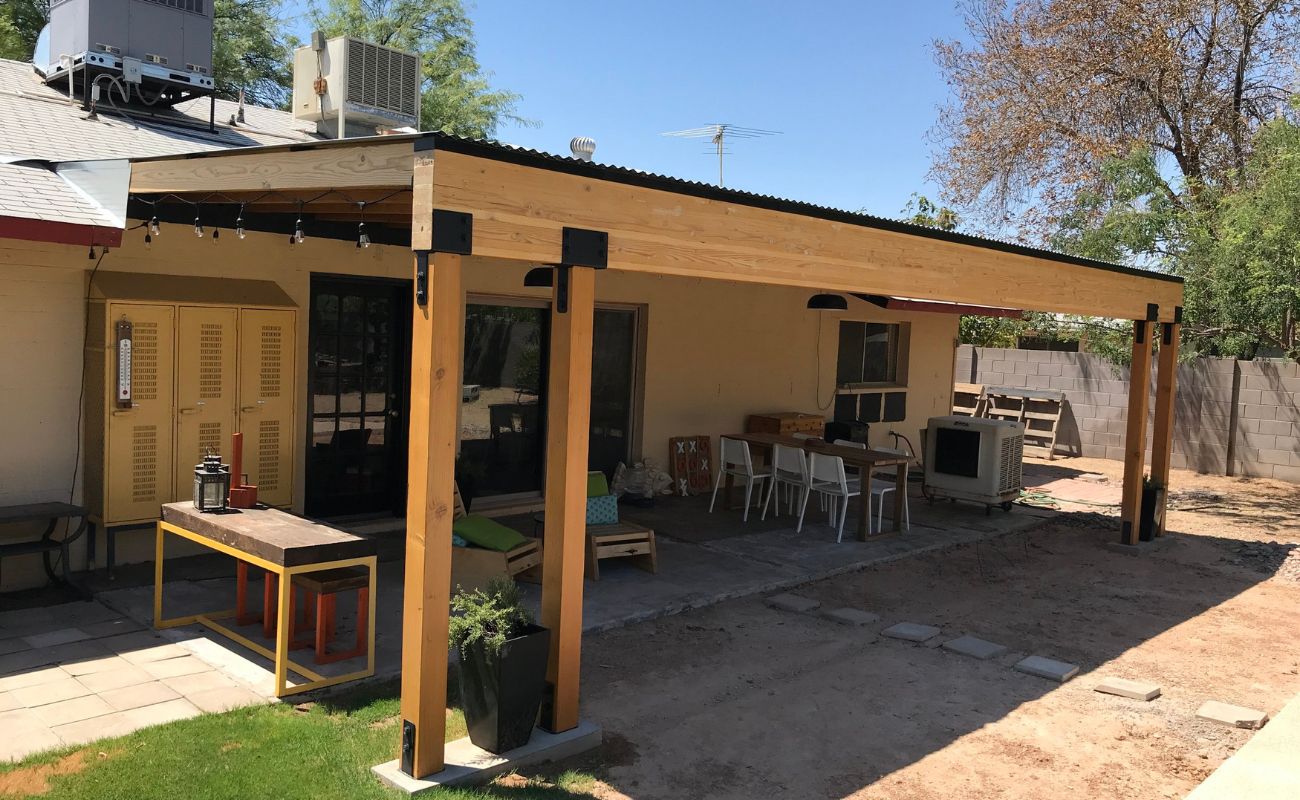
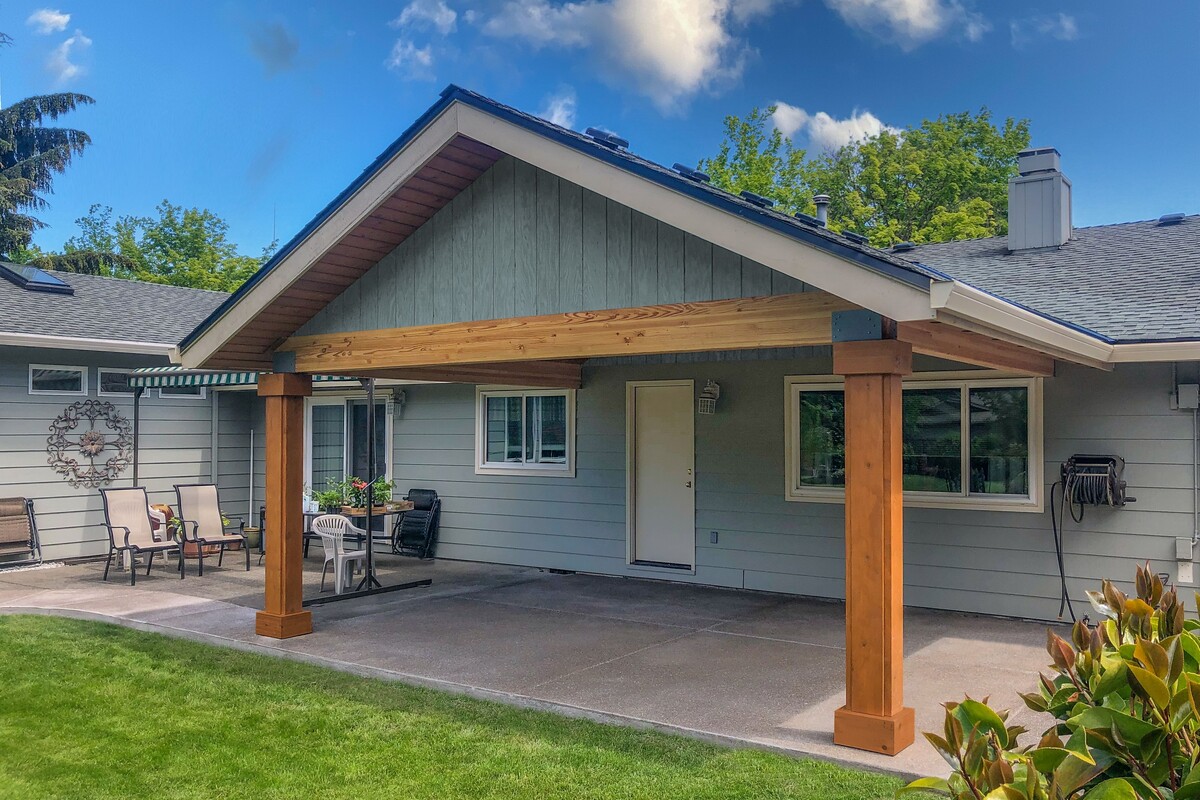
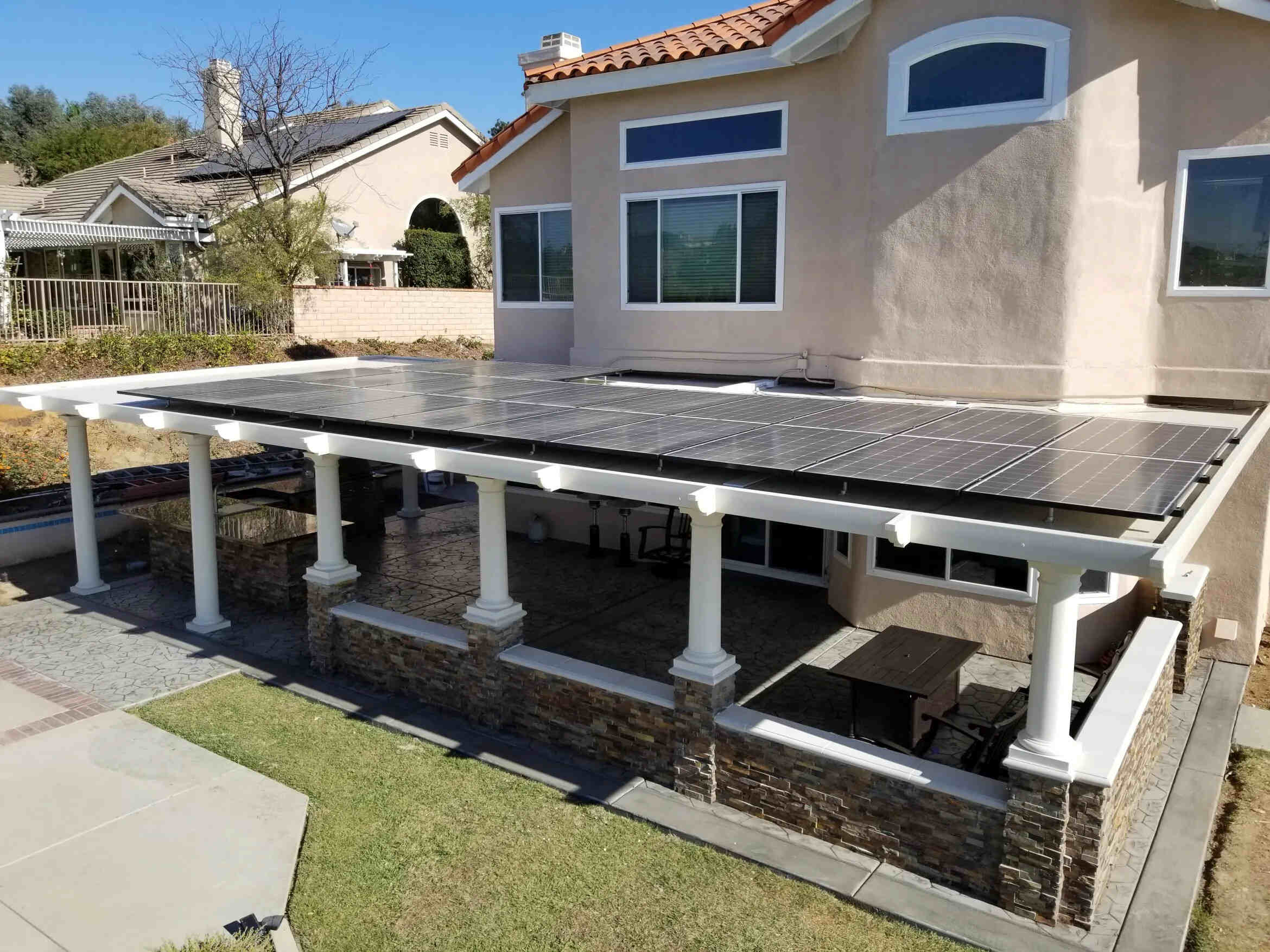
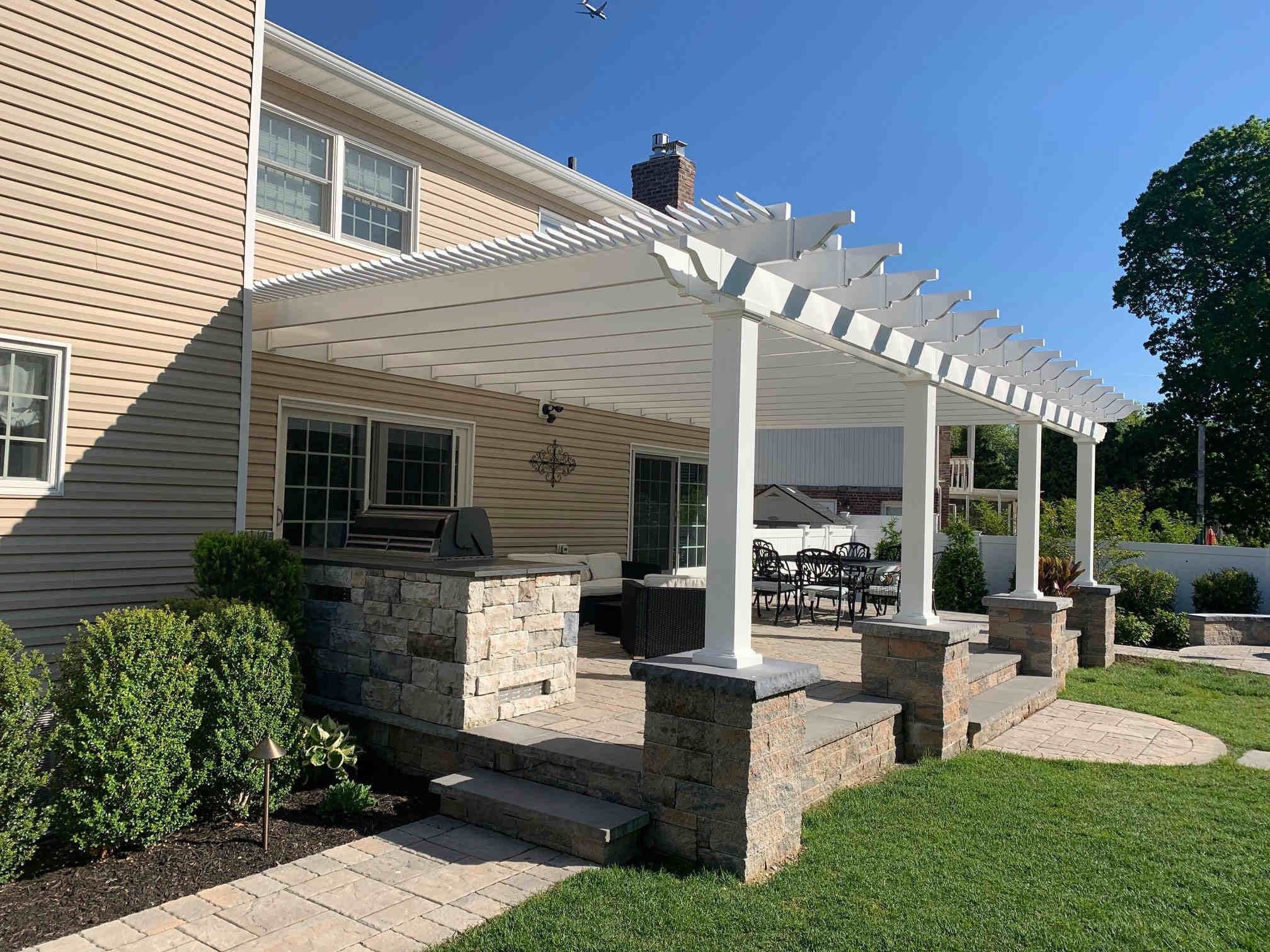
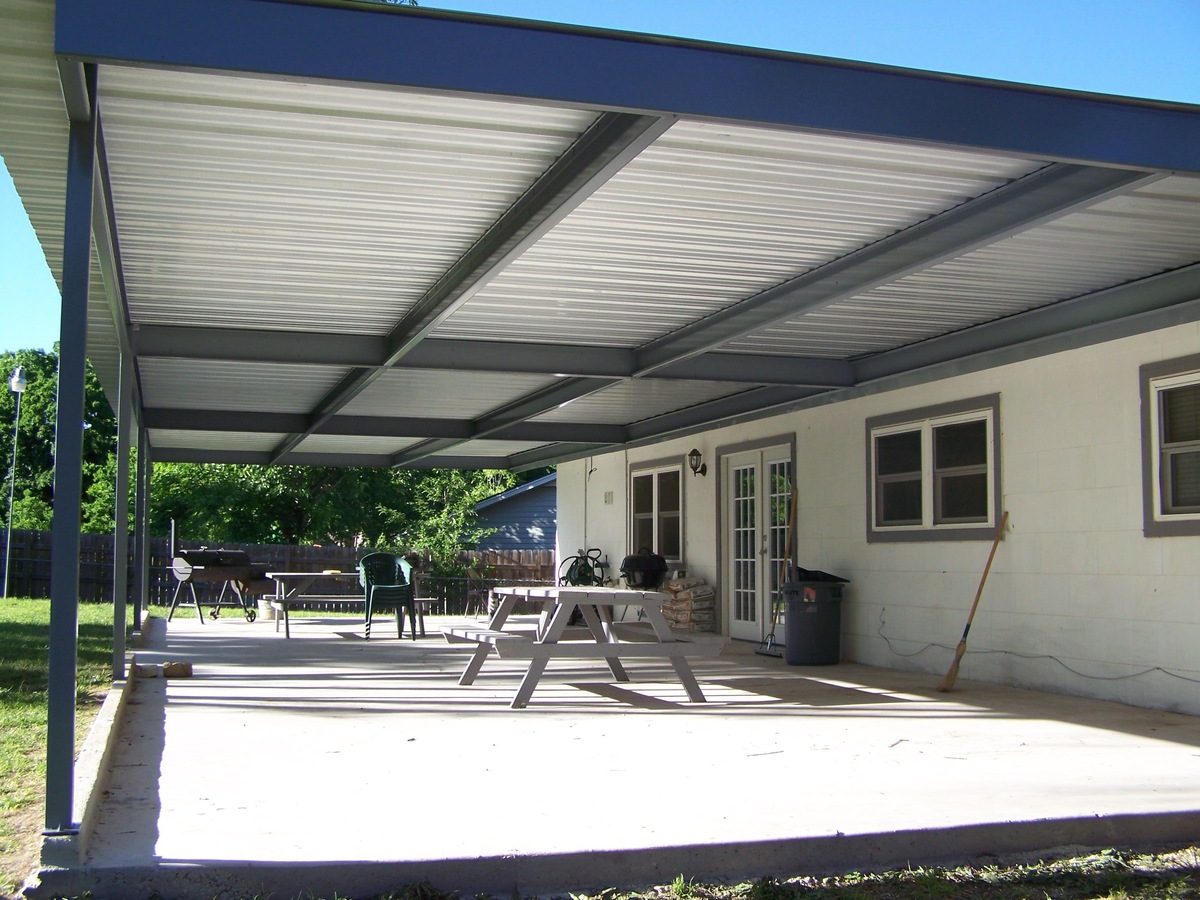
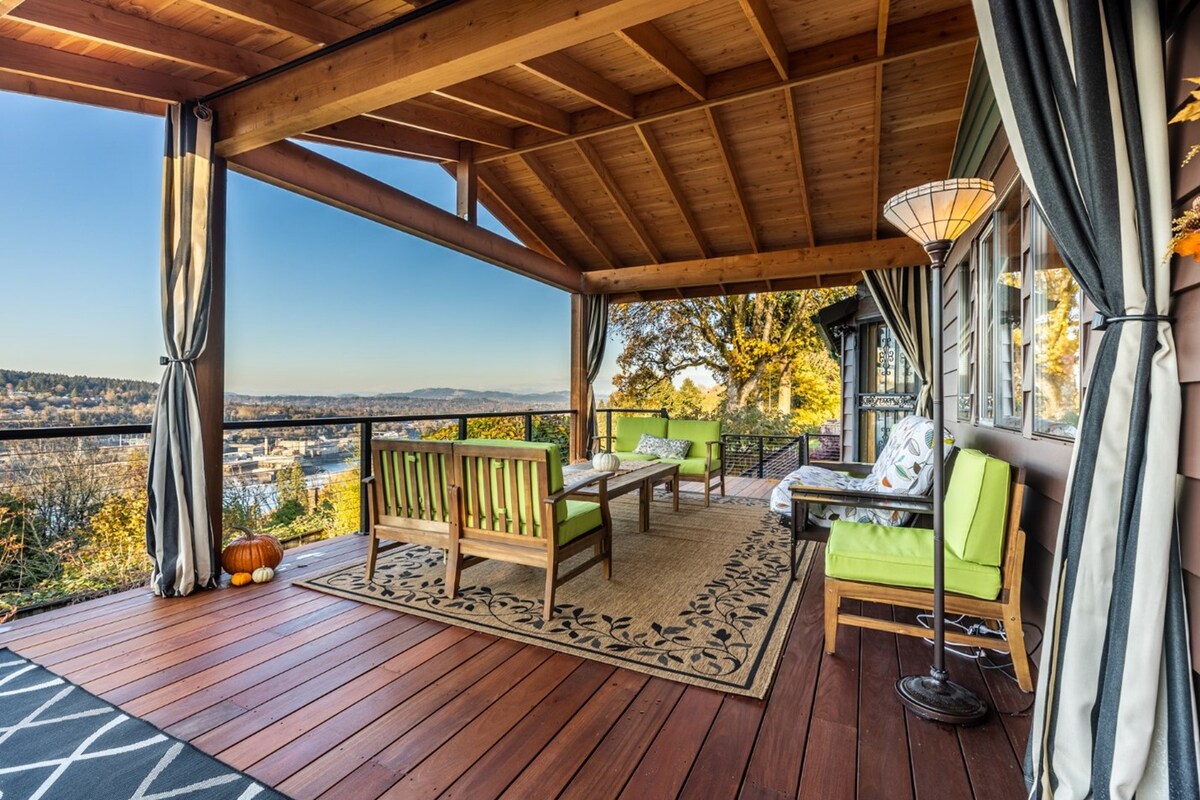
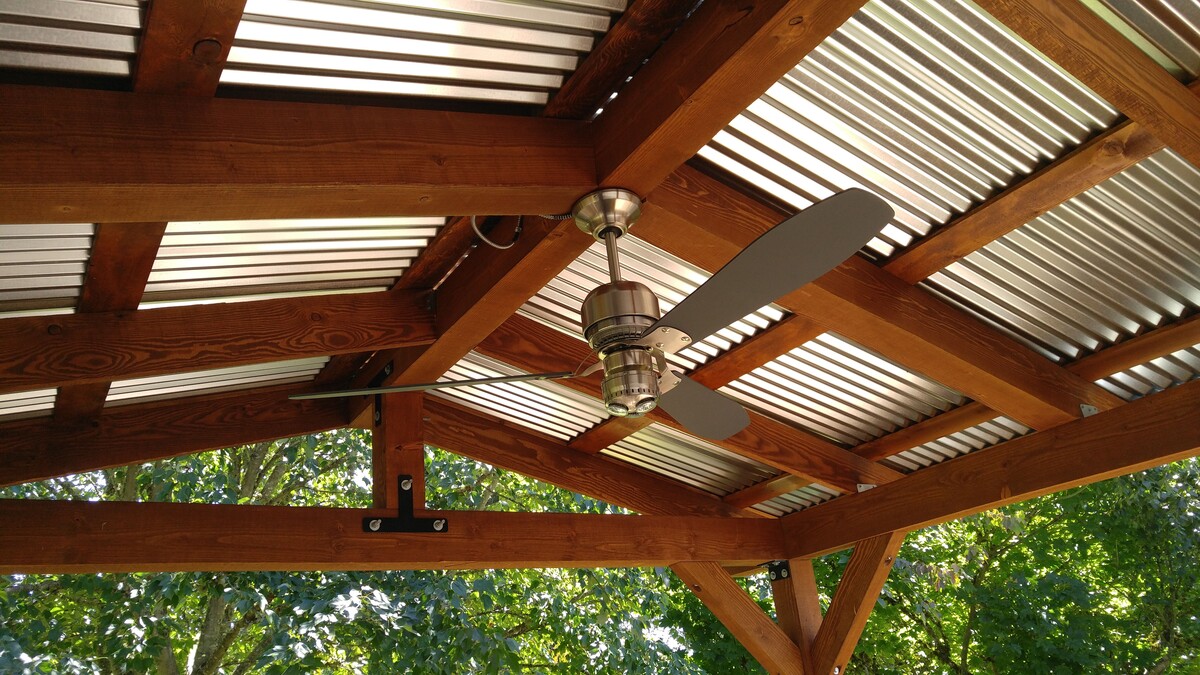
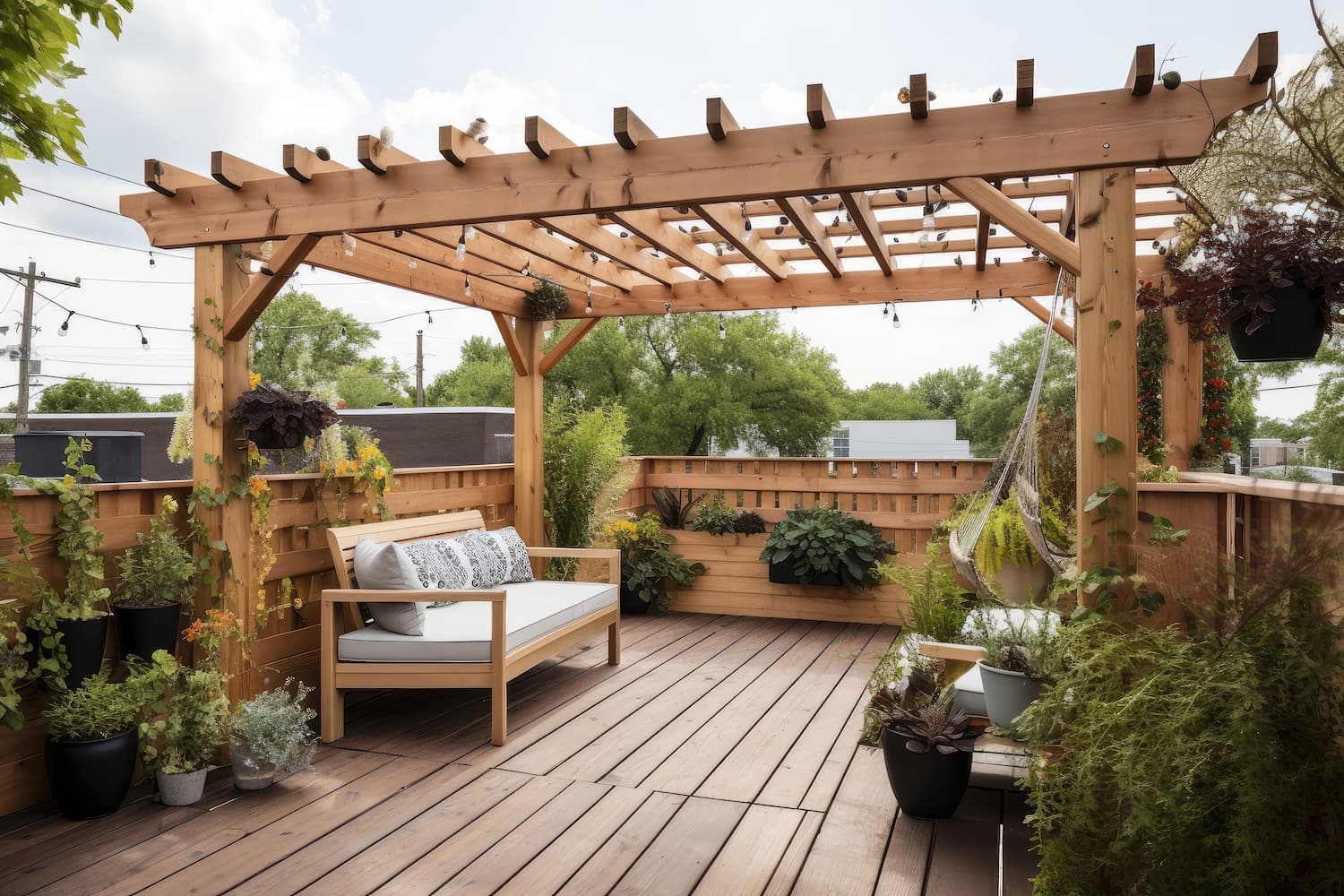
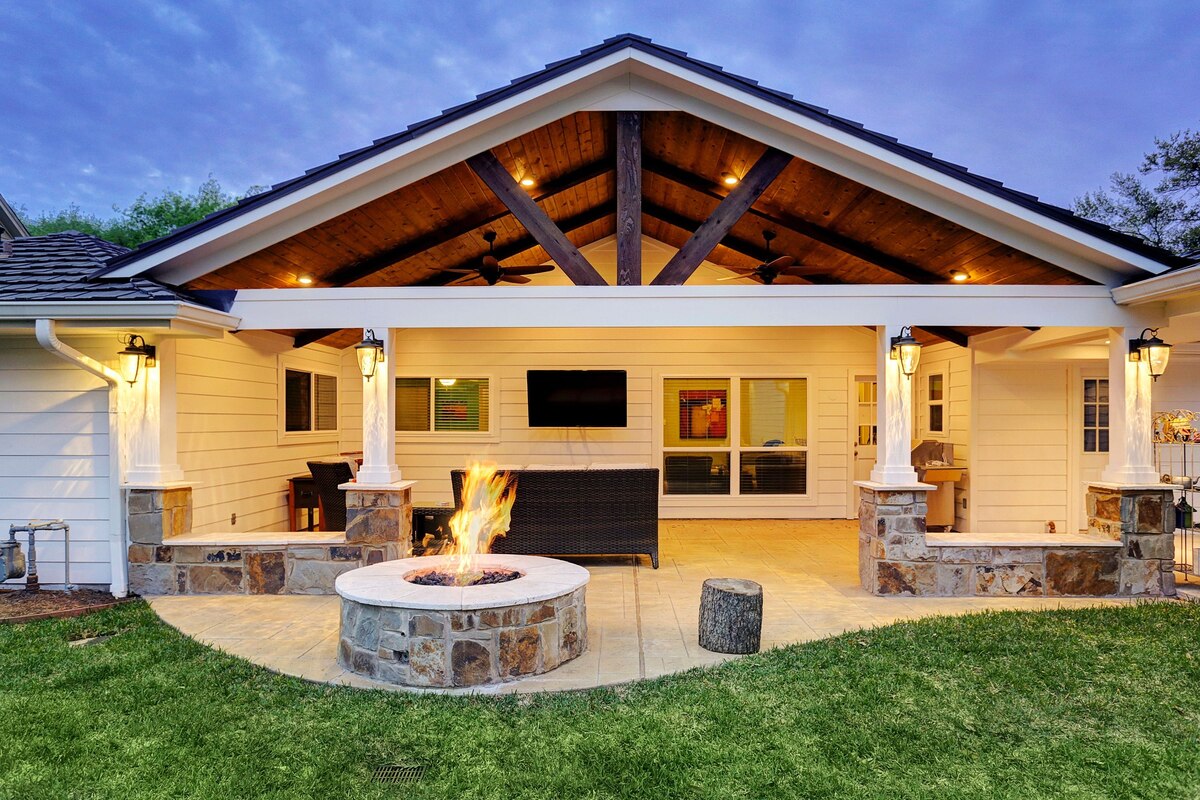
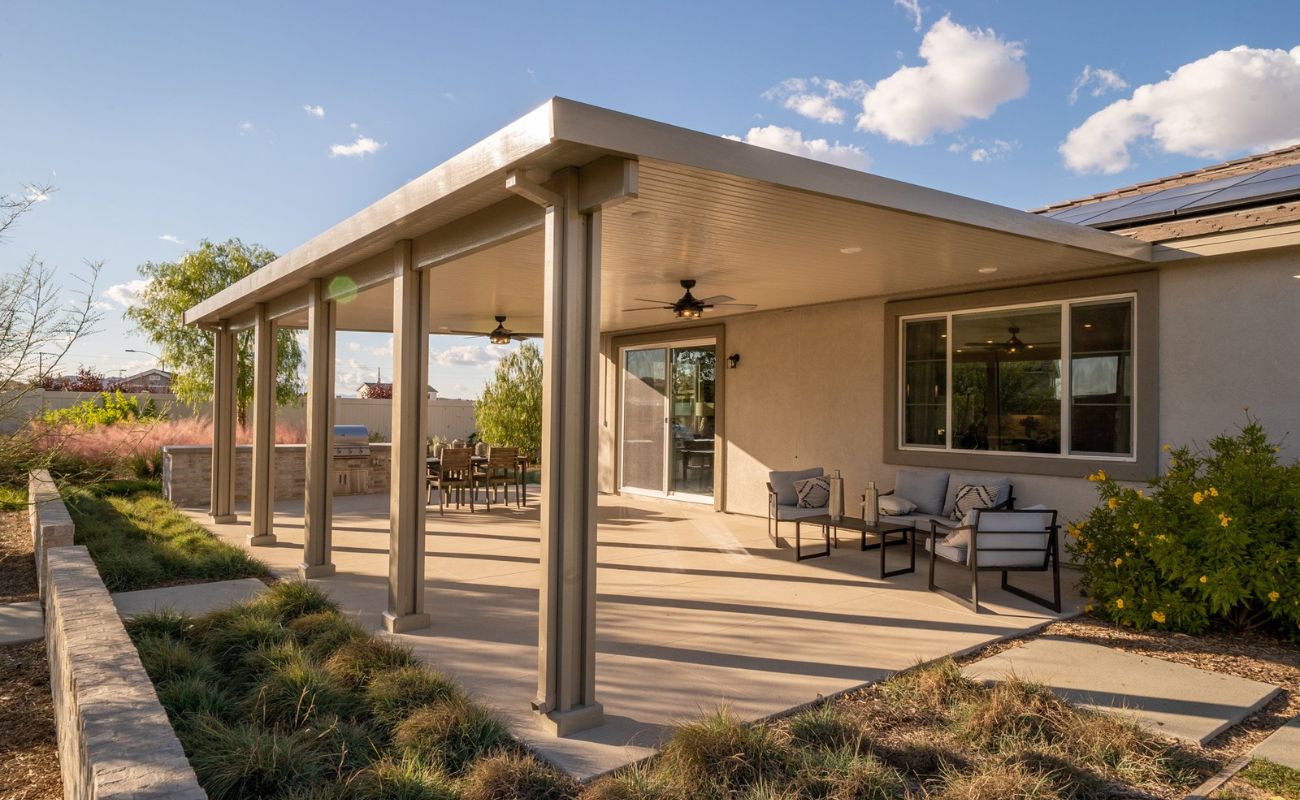
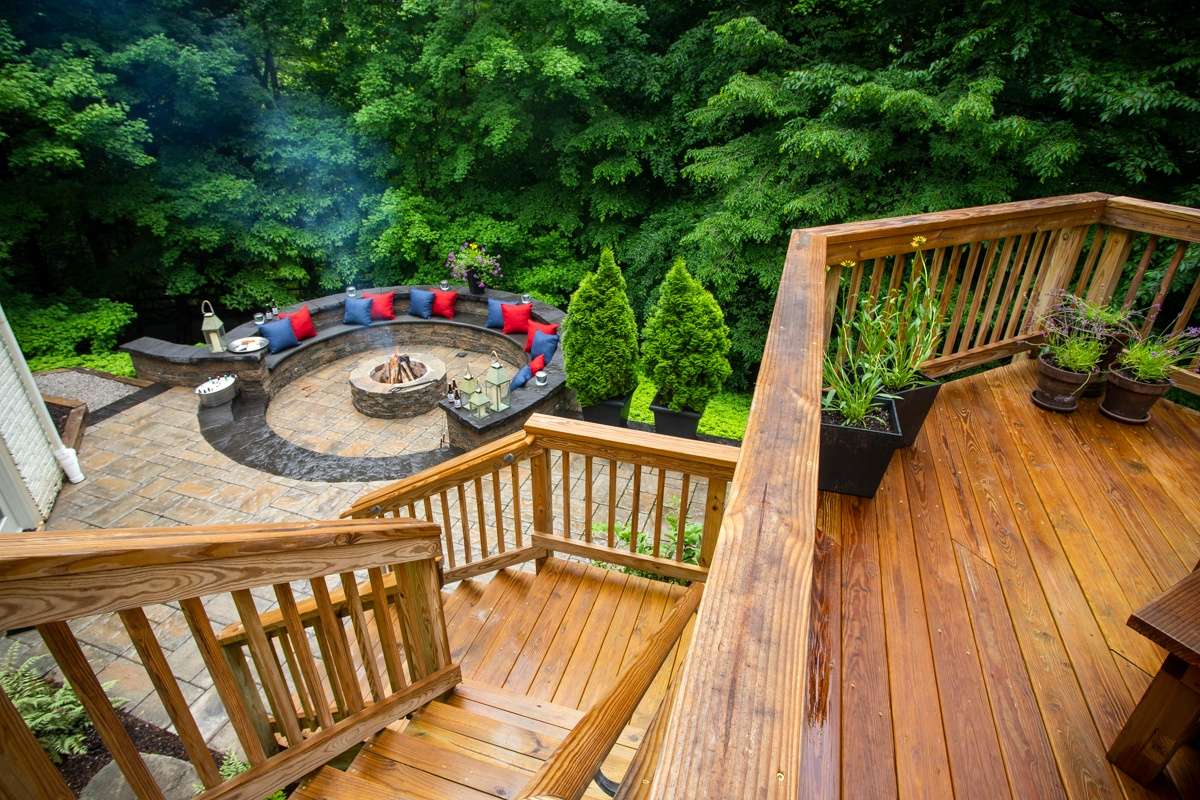

0 thoughts on “How Much To Build A Covered Patio”